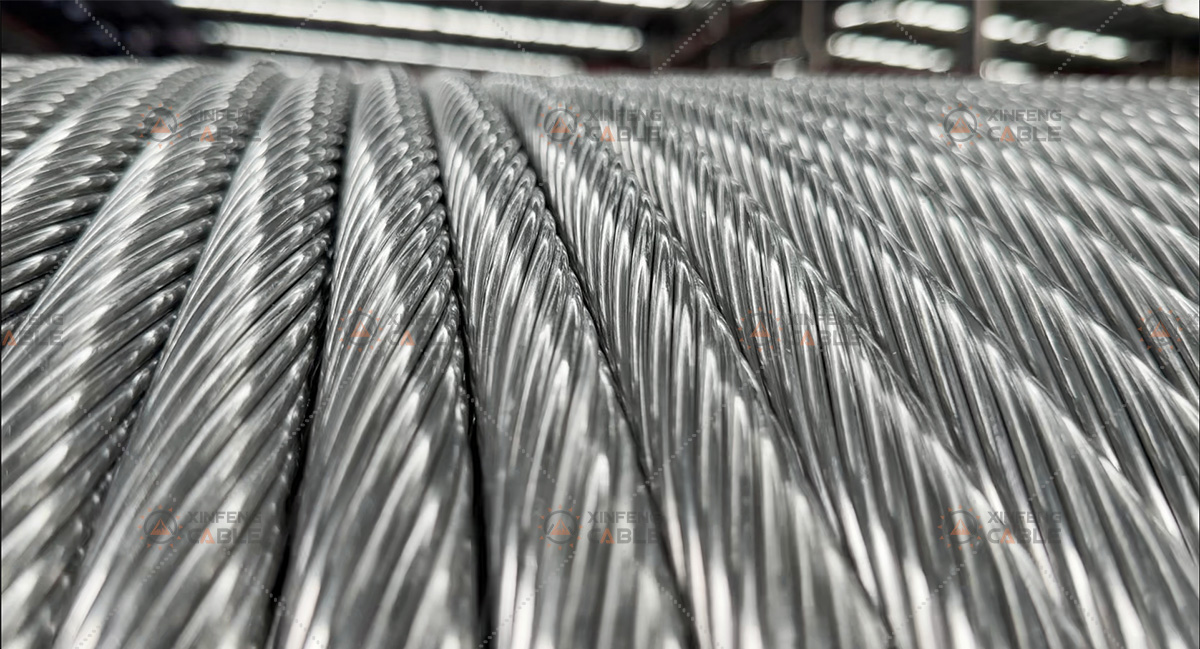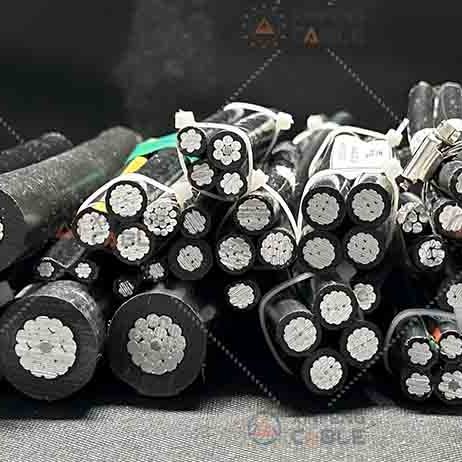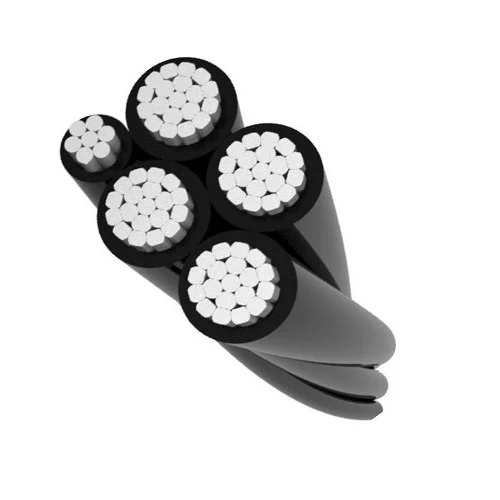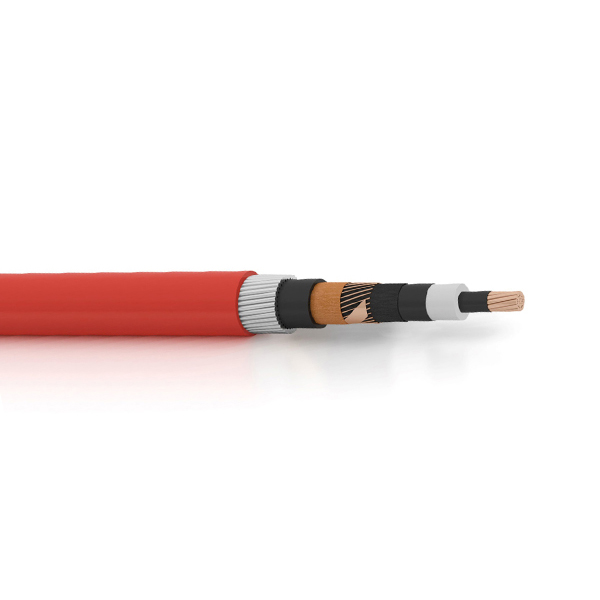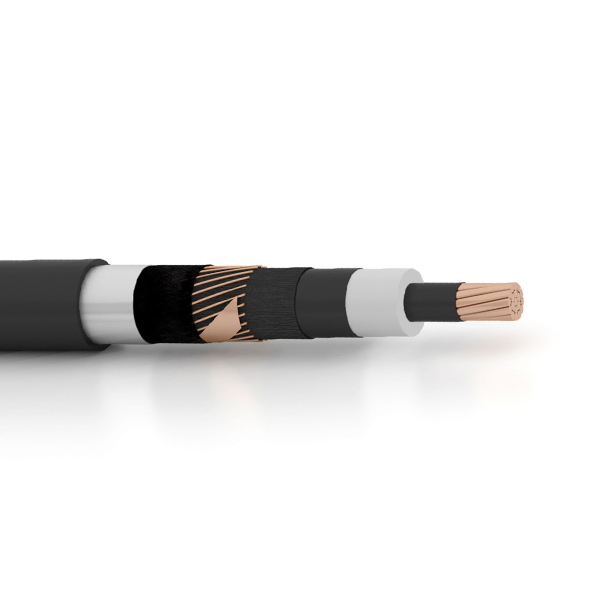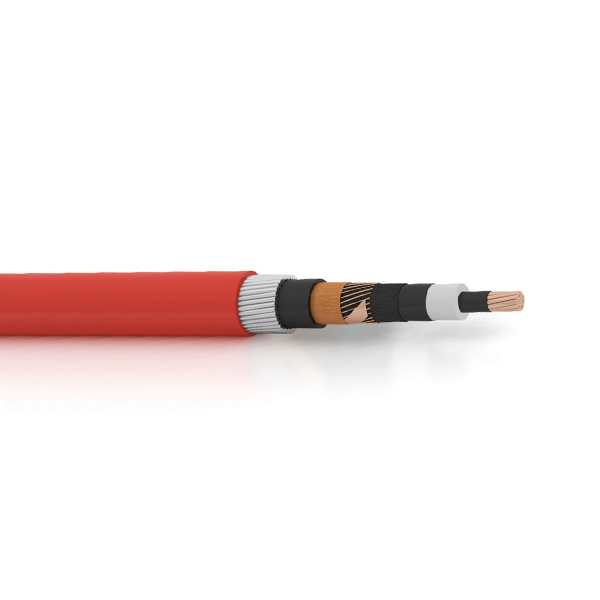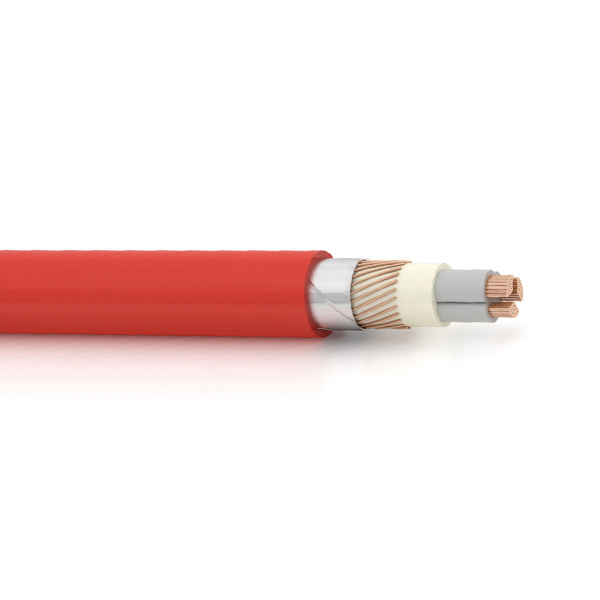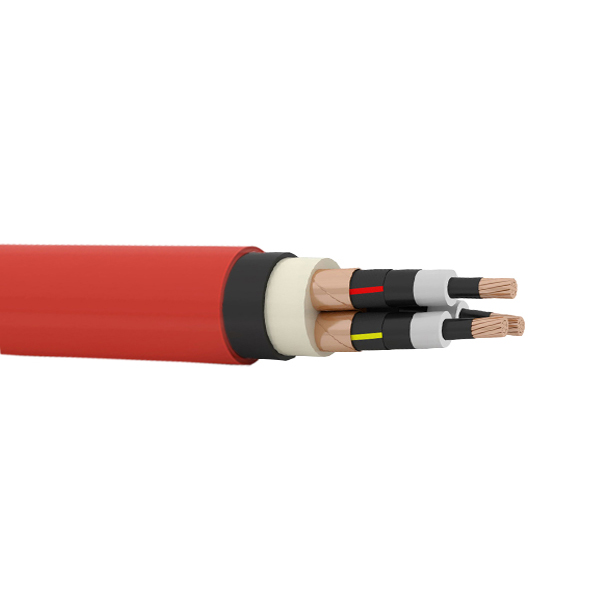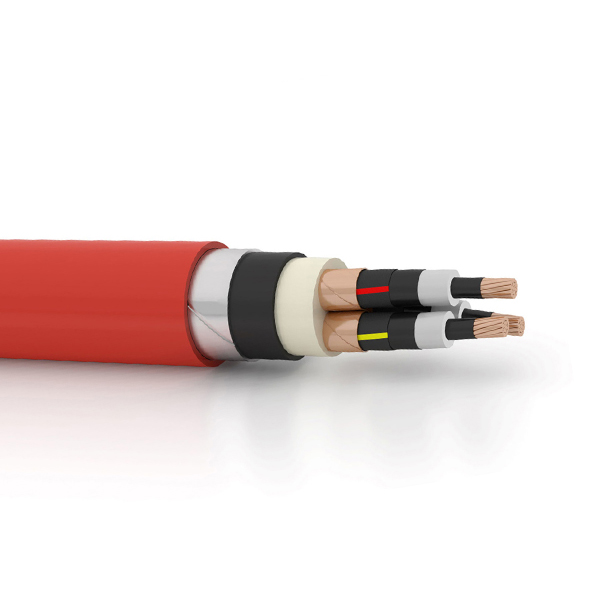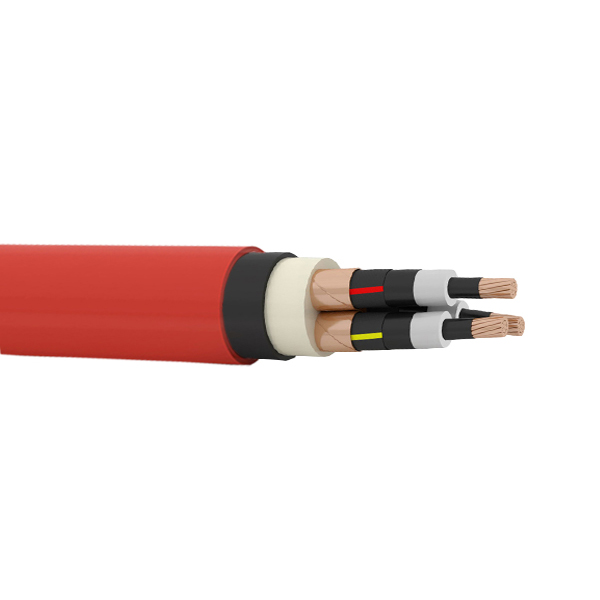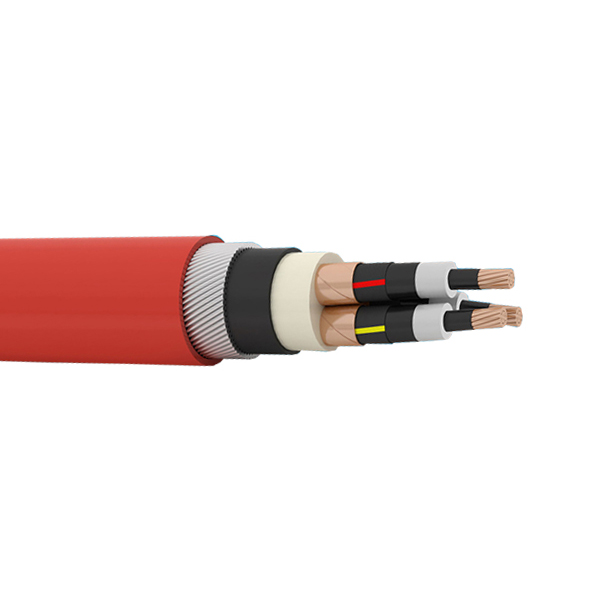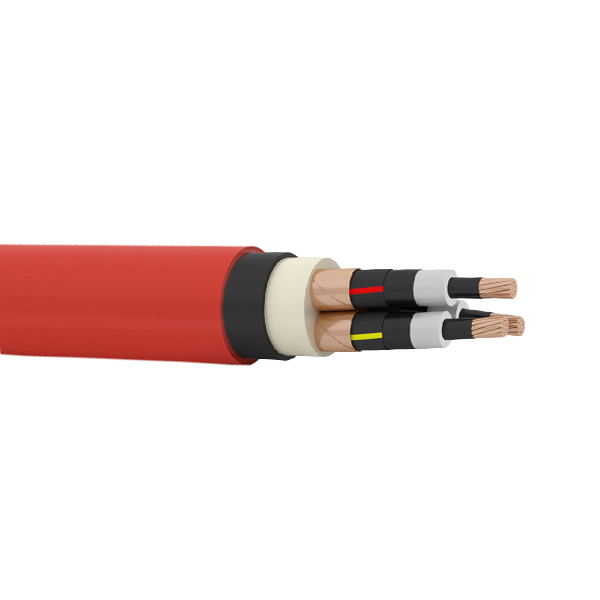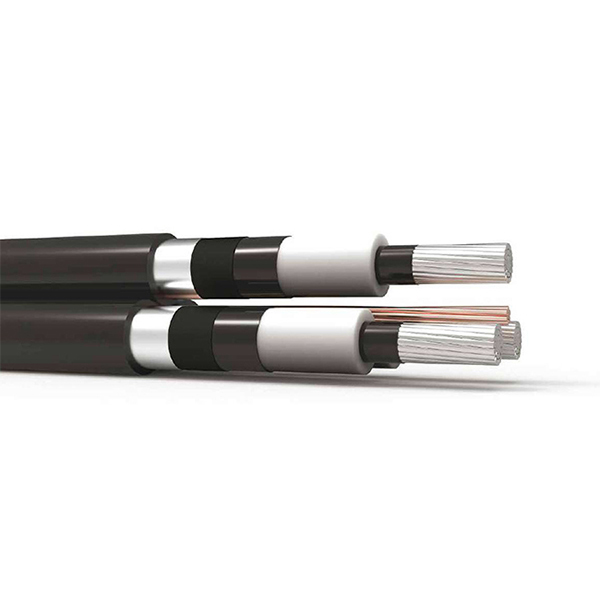What Are Medium Voltage Cables
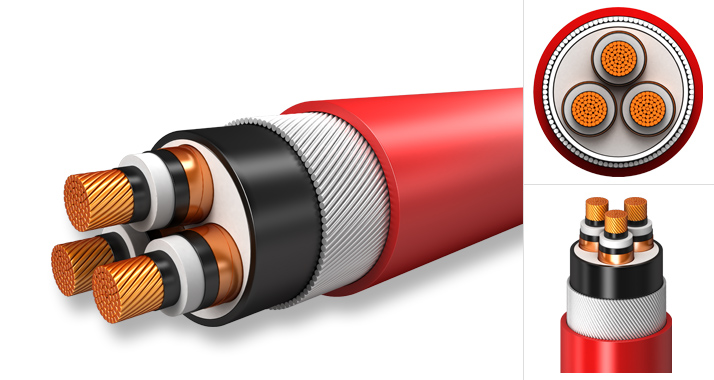
What are the medium voltage cables history?
The history of the birth of medium voltage cables
The voltage range of MV cables is usually defined between 2.4 kilovolts (kV) and 35 kilovolts (kV). The history of the birth of medium voltage cables involves the development of power transmission and distribution technologies, beginning in the late 19th and early 20th centuries. The following are the major milestones and key periods in the development of medium voltage cables:
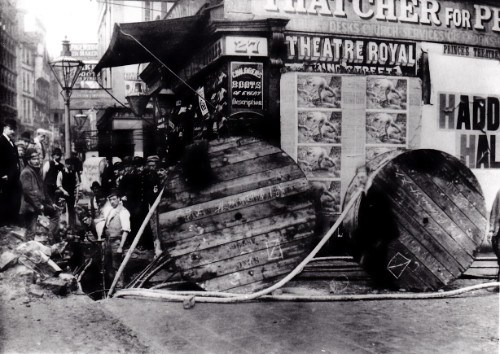
The emergence of early cables (late 19th century):
Early power transmission relied heavily on DC generators, but faced large energy losses for long-distance transmission.
During this period, the need for long-distance power transmission led to the development of cable technology.
Early experiments in Western Morocco (1880s):
In 1884, Mikhail da Fernali of Western Morocco made the first attempt to create an early cable by wrapping wires in an insulating material (rubber).
This experiment marked the initial attempt to use cables as a medium for the transmission of electricity.
The use of pulp insulation (early 20th century):
In the early 20th century, cable manufacturers began using pulp as an insulating material, an innovation that improved the electrical performance of cables.
Pulp-insulated cables are widely used in low and medium voltage power transmission.
Introduction of rubber insulation and insulating oils (1920s):
In the 1920s, rubber insulation gradually replaced pulp insulation, improving the heat resistance and electrical performance of cables.
At the same time, the introduction of insulating oils improved the insulation properties of cables, making them more suitable for high and medium voltage applications.
Widespread Use of Rubber-Insulated Cables (Mid-20th Century)
In the mid-20th century, rubber-insulated cables became the mainstay of medium-voltage power transmission.
During this period, the construction of urban power grids developed rapidly, and medium-voltage cables were widely used in urban and industrial power systems.
Further Improvement of Insulation Materials (Late 20th Century to Present):
With the advancement of technology, new insulating materials, such as cross-linked polyethylene (XLPE) and cross-linked polyvinyl chloride (XLPC), are widely used in cable manufacturing.
These materials have better electrical properties, heat resistance and aging resistance, further improving the performance and reliability of medium voltage cables.
Diversification of modern medium voltage cables (21st century):
In the 21st century, medium-voltage cables are further diversified to meet the needs of different applications, such as wind power, solar energy, and traffic signal systems.
New manufacturing technologies and design concepts continue to drive the evolution of MV cables to meet changing power needs and environmental requirements.
The evolution of MV cables reflects the continuous innovation and improvement of power transmission technology. From the early days of simple experimentation to the modern diversity of cable designs, medium voltage cables have played a key role in advancing the reliability and efficiency of power systems.
What are Medium voltage cables, as an indispensable part of the power transmission and distribution system
Medium voltage cables carry the mission of energy, connecting the pulse of the city and delivering the pulse of electricity to thousands of households. With an in-depth understanding of this sophisticated engineering system, we are able to glimpse the splendor of electric power technology and feel the importance of electric energy infrastructure in modern society.

First of all, the definition of a medium voltage cable encompasses both its electrical characteristics and reveals its position in the power system. In electrical terminology, medium voltage cables usually refer to cables with a voltage rating between 2.4 kilovolts (kV) and 35 kV. This range of voltages covers the needs of urban grids, industrial power and some special projects, making medium voltage cables a key tool in the transmission of electrical energy.
What are Medium voltage Cables structure? The following are the main structures of medium voltage cables and their materials as well as the uses of each part:
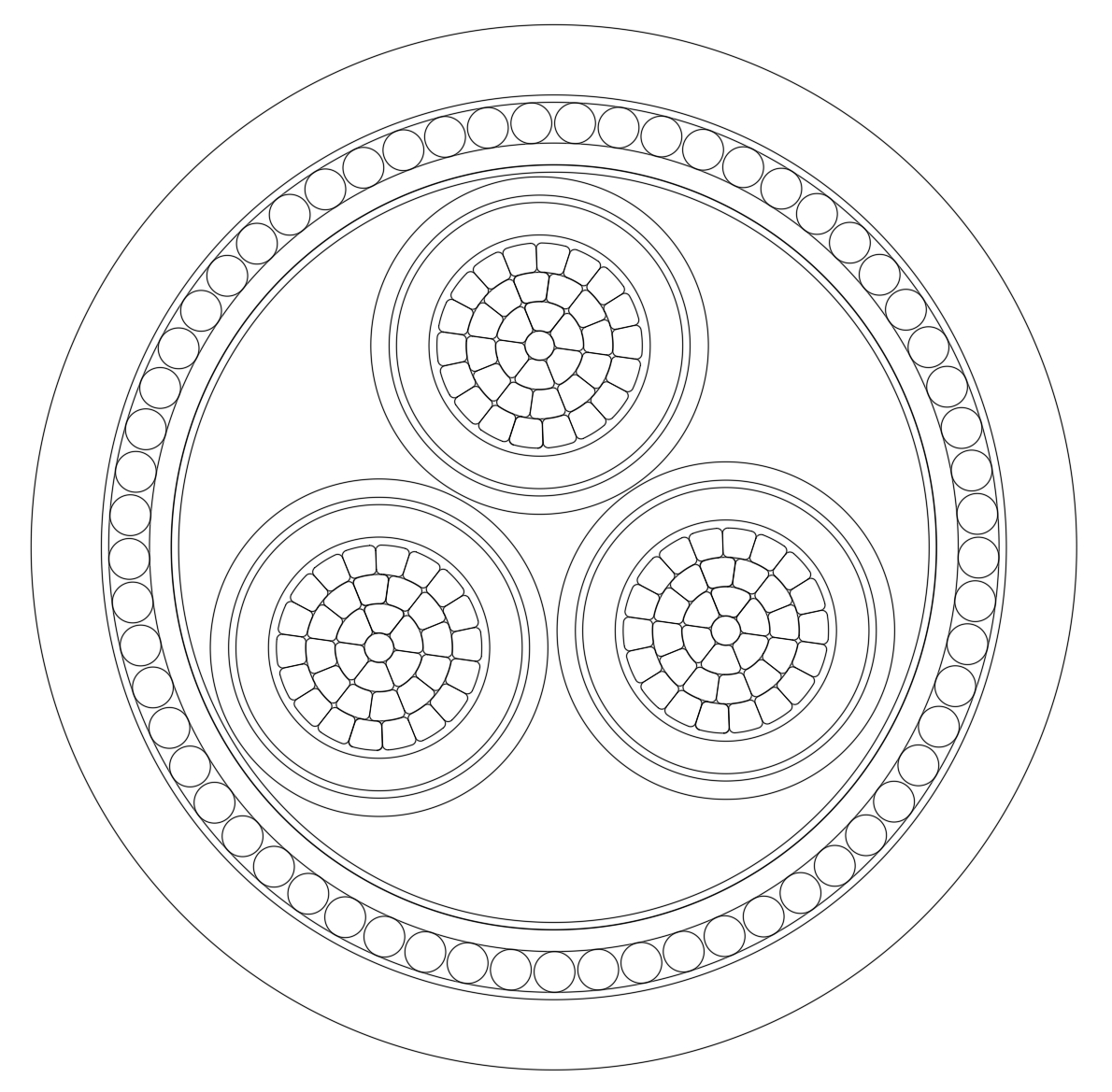
Conductor:
Material: Copper or aluminum are common conductor materials because they have good electrical conductivity and mechanical strength.
Purpose: The conductor is the transmission channel for electric current and is responsible for transferring electrical energy from one end to the other.
Insulation:
Materials: Usually high performance insulating materials such as cross-linked polyethylene (XLPE) are used.
Purpose: The main function of the insulation layer is to prevent the loss of current, provide electrical insulation to avoid energy loss.
Semiconductor Layer :
Material: Semiconductor material, usually a semiconductor polymer.
Purpose: The semiconductor layer is located above and below the insulation layer and is used to equalize the electric field distribution, reduce the gradient of the electric field strength, and reduce the risk of partial discharges.
Metallic Sheath:
Material: Aluminum or copper strip is usually used.
Purpose: The metallic sheath provides mechanical protection against physical damage to the cable from the external environment. It also helps shield the cable from external electromagnetic interference.
Filler (Filler):
Material: Usually a fibrous material such as polyester.
Purpose: Filler fills the gaps between conductors, maintains the rounded profile of the cable, and provides mechanical support.
Shield:
Material: Metal foil or braided shield, usually made of copper.
Purpose: The purpose of the shield is to prevent the cable from generating or being exposed to external electromagnetic interference while providing additional shielding properties.
Insulation Outer Sheath:
Material: Usually polyvinyl chloride (PVC) or cross-linked polyethylene (XLPE).
Purpose: The Insulation Outer Sheath provides the ultimate cable protection against external moisture, chemicals and mechanical damage.
Armoring:
Material: Steel Tape/Steel Wire.
Purpose: Steel Tape/Steel Wire Armoring provides additional mechanical protection against external crushing and stretching of the cable. It also enables the cable to withstand certain external pressures.
The structure of a medium voltage cable is complex and tight, with each part playing a key role. The conductor of the cable, usually made of excellent conductivity metals such as copper or aluminum, ensures the smooth transmission of current. The insulation around the conductors, typically made up of high-performance insulating materials such as cross-linked polyethylene (XLPE), is designed to provide excellent electrical insulation and prevent electrical energy loss. In addition, medium voltage cables include a semiconductor layer to balance the distribution of the electric field and guarantee the stability of the entire system.
What are Medium voltage cables ? Medium voltage cable is a link to modern society
More than just an electrical engineering project, however, the medium voltage cable is a link to modern society. It runs underground in cities, across fields and mountains, connecting power plants to end users, and providing continuous and stable power to all levels of society. In this complex network, medium voltage cables act as the blood circulation system of life, delivering power from the source to where it is needed, providing a source of life for all walks of life.
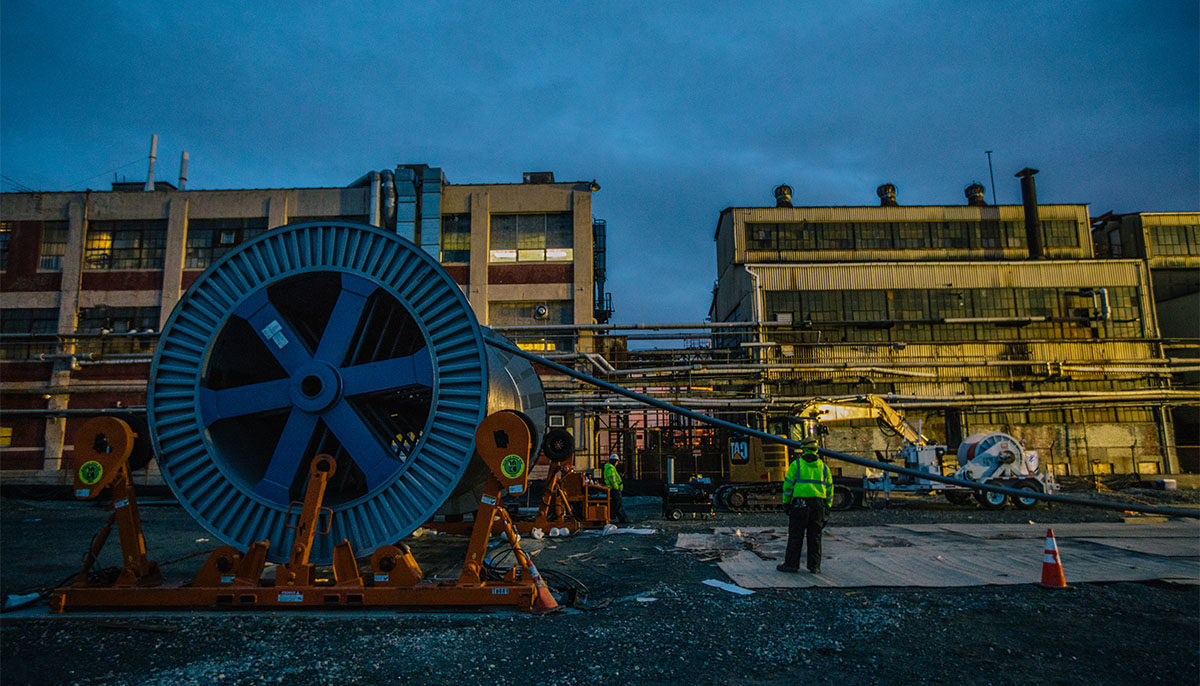
Through in-depth observation and reflection, we can feel the engineering miracle and technological wisdom behind the MV cable. Beyond the hustle and bustle of the city and the red lights, there is an invisible river of energy that supports our life and work. And this is exactly where the charm of MV cables lies. It carries endless energy in silence and injects a powerful impetus for the development of modern society.
For the deep understanding and keen insight of human nature, we can find revelation from the admiration of medium voltage cables. Behind the power system is the wisdom and sweat of countless engineers and technical experts who have quietly paid. Their dedication and persistence in technology form the solid cornerstone of this power network. At the same time, the existence of MV cables also reminds us of the importance of sustainable development and environmentally friendly technologies to ensure the long-term stability and reliability of the power system.
Overall, MV cables are more than just an electrical device, they are a symbol of the development of modern society. Through deep insight and meticulous observation, we are able to see the cutting edge of power technology, feel the charm of technological innovation, and at the same time realize the unique role of the power system in connecting human life and promoting social progress. The story of medium voltage cables is a marvelous narrative about technology, society and human nature, carrying endless energy and infinite possibilities behind it.
Xinfeng Cable Medium Voltage Cables Exhibition:
Click this link please: Medium Voltage Cables
Please feel free to contact Xinfeng Cable for more Cables
- Floor No.4 Orient Center, No.100 Shangdu Road, Zhengzhou City, China
- No.9, Wuqiao Road, Qiaomiao Town, Wuzhi County,Jiaozuo City,China
- +86 371 6505 3833
- + 86 1 3333 8683 99
- sales@xinfengcable.com



